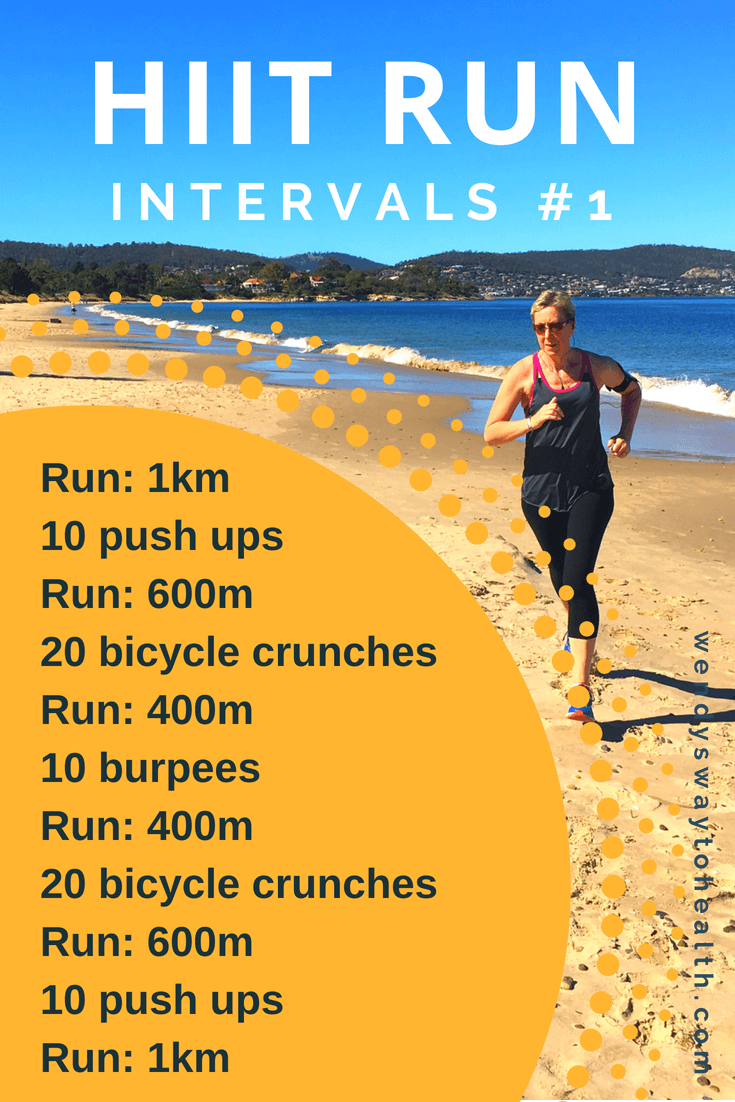The Ultimate Running Strategy Guide: Achieve Your Physical Fitness Goals
The Ultimate Running Strategy Guide: Achieve Your Physical Fitness Goals
Blog Article
Handling Typical Running Discomforts: Causes, Solutions, and Avoidance
As joggers, we usually encounter numerous pains that can impede our performance and pleasure of this physical task. From the incapacitating discomfort of shin splints to the unpleasant IT band syndrome, these usual operating discomforts can be aggravating and demotivating. Comprehending the causes behind these conditions is vital in successfully addressing them. By exploring the root reasons for these running discomforts, we can reveal targeted services and safety nets to guarantee a smoother and a lot more fulfilling running experience (my company).
Common Running Pain: Shin Splints
Shin splints, an usual running pain, usually arise from overuse or improper footwear throughout exercise. This condition, medically known as medial tibial stress and anxiety disorder, manifests as discomfort along the inner edge of the shinbone (tibia) and is common among professional athletes and runners. The repetitive anxiety on the shinbone and the cells attaching the muscle mass to the bone brings about swelling and pain. Joggers that rapidly raise the strength or duration of their workouts, or those that have level feet or inappropriate running techniques, are particularly at risk to shin splints.
To avoid shin splints, individuals should slowly boost the strength of their exercises, use suitable footwear with proper arch assistance, and preserve adaptability and toughness in the muscle mass surrounding the shin. If shin splints do happen, first therapy entails remainder, ice, compression, and altitude (RICE) Additionally, incorporating low-impact activities like swimming or biking can assist maintain cardiovascular physical fitness while permitting the shins to heal. Persistent or extreme instances might call for medical evaluation and physical therapy for efficient administration.
Typical Running Discomfort: IT Band Syndrome
In addition to shin splints, another prevalent running pain that professional athletes frequently experience is IT Band Syndrome, a problem brought on by swelling of the iliotibial band that leaves the outer thigh and knee. IT Band Syndrome typically shows up as discomfort outside of the knee, especially during tasks like running or biking. The iliotibial band is a thick band of fascia that links the hip to the shin, and when it comes to be swollen or tight, it can rub versus the thigh bone, resulting in discomfort and discomfort.
Runners experiencing IT Band Syndrome might observe a stinging or hurting feeling on the outer knee, which can get worse with ongoing activity. Factors such as overuse, muscular tissue discrepancies, improper running kind, or insufficient workout can add to the development of this problem. To avoid and ease IT Band Syndrome, joggers ought to focus on extending and strengthening workouts for the hips and thighs, appropriate footwear, steady training development, and attending to any biomechanical concerns that may be aggravating the issue. Ignoring the signs of IT Band Disorder can cause persistent problems and prolonged recuperation times, emphasizing the value of very early treatment and appropriate monitoring techniques.
Usual Running Discomfort: Plantar Fasciitis

Plantar Fasciitis can be attributed to different elements such as overtraining, incorrect shoes, operating on tough surface areas, or having high arcs or level feet. To avoid and alleviate Plantar Fasciitis, runners can include stretching workouts for the calf bones and plantar fascia, put on helpful shoes, preserve a healthy weight to decrease stress on the feet, and gradually enhance running intensity to avoid abrupt stress and anxiety on the plantar fascia. If signs continue, it is suggested to seek advice from a health care expert for proper medical diagnosis and therapy choices to deal with the condition effectively.
Common Running Pain: Jogger's Knee
After resolving the difficulties of Plantar Fasciitis, one more prevalent concern that joggers typically face is Jogger's Knee, a common running pain that can prevent athletic performance and create discomfort during physical task. Runner's Knee, also recognized as patellofemoral pain syndrome, shows up as pain around or behind the kneecap. This condition is usually associated to overuse, muscle inequalities, incorrect running techniques, or troubles with the alignment of the kneecap. Runners experiencing this discomfort may really feel a boring, hurting pain while running, rising or down stairways, or after prolonged durations of sitting. To stop Runner's Knee, it is crucial to integrate proper workout and cool-down routines, maintain solid and balanced leg muscular tissues, wear ideal footwear, and progressively boost running strength. If signs persist, inquiring from a medical care professional or a sporting activities medication expert is advised to diagnose the underlying cause and create a tailored treatment strategy to reduce the discomfort and avoid more complications.
Typical Running Discomfort: Achilles Tendonitis
Generally affecting joggers, Achilles Tendonitis is an uncomfortable problem that impacts the Achilles ligament, triggering pain and possible constraints in exercise. The Achilles tendon is a thick band of cells that connects the calf bone muscular tissues to the heel bone, crucial for activities like running, jumping, and walking - check this link. Achilles Tendonitis frequently creates due to overuse, improper footwear, insufficient stretching, or unexpected boosts in exercise
Signs And Symptoms of Achilles Tendonitis consist of discomfort and stiffness along the ligament, specifically in the early morning or after periods of inactivity, swelling that intensifies with task, and potentially bone stimulates in persistent cases. To stop Achilles Tendonitis, it is important to stretch correctly previously and after running, use suitable footwear with proper support, progressively raise the strength of workout, and cross-train to lower recurring stress and anxiety on the ligament. Therapy may involve rest, ice, compression, altitude (RICE protocol), physical therapy, orthotics, and in severe cases, surgery. Early treatment and correct treatment are page important for handling Achilles Tendonitis efficiently and avoiding long-term issues.
Conclusion

Report this page